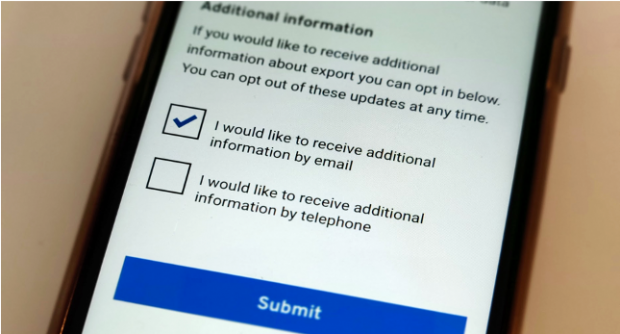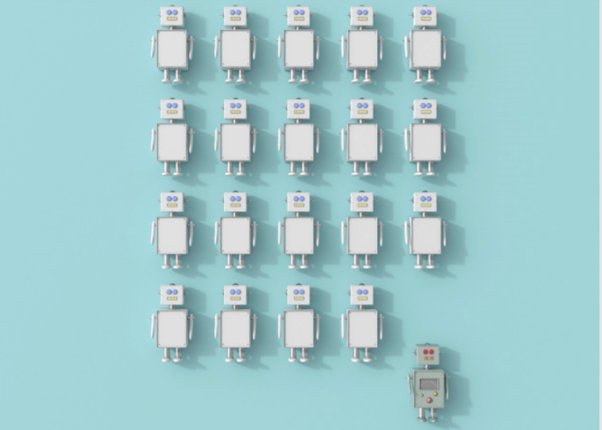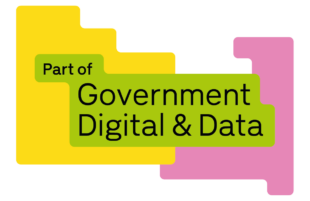Search results for REGVIP betwinner welcome bonus promo code Turkey
...this means we have the right tools for the job of promoting UK exports, attracting foreign investment and developing trade policy, it’s a real challenge for data protection. Or, at...
...re-inventing things other departments have already done. Redbox is a fantastic example of this. Through joint workshops, employee secondment, bi-weekly collaboration sessions and code-sharing with the I.AI team, DBT’s AI...
Tom Ha Enabling businesses to self-serve export support on great.gov.uk Great.gov.uk is the government’s platform to help educate and promote the benefits of exporting for UK businesses through the provision...
...or we weren’t sure whether their laptop needed to be replaced. Things which we couldn’t fix using code, we needed users to tell us. This meant that we couldn’t simply...
...on security, reliability, and data integration. The platform is built on open-source technologies such as Python and Django and the source code for Data Hub's front and back end is...
...start to finish), co-design and more exploratory studies. To make this possible, we’re equipping non-user researchers - like product managers, designers, and other delivery team colleagues - to carry out...
...with accessibility in mind from the outset. We were lucky that DBT had already accepted it should meet the Technology Code of Practice and Service Standard for all services, regardless...
...or concept that I do not understand. What is code? Where is the cloud? One of the best bits about this DDaT team is there is never any shame in...
...from unstructured data, or even write code. Government departments routinely handle confidential and personal data. Therefore, using public AI tools that transmit data externally can post significant security and privacy...
...website had built up a significant amount of legacy code bloat and design inconsistencies. Re-imagining the service helped us address many of these issues, and we continue to work hard...











